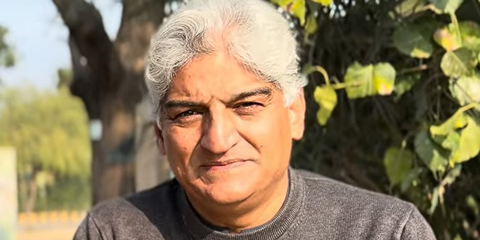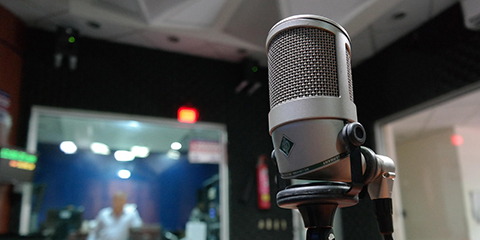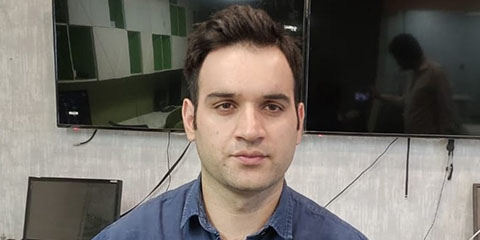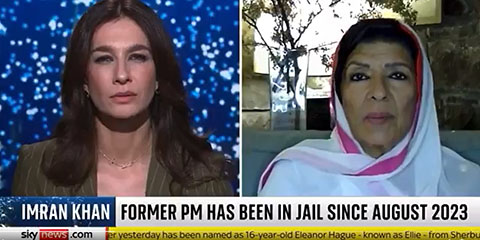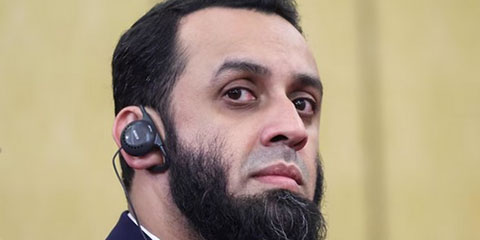The government can ban YouTube channels, but it cannot ban the truth
JournalismPakistan.com | Published 5 months ago | JP Special Report
Join our WhatsApp channel
ISLAMABAD—You might forcibly block 27 YouTube channels, but you can’t stop a voice with a mute button. In a chilling escalation of digital repression, an Islamabad magistrate’s court has ordered YouTube to block 27 channels owned by outspoken journalists, opposition figures, and independent social-media commentators—inside Pakistan and abroad—for allegedly spreading “anti‑state,” “fake,” and “provocative” content
This sweeping move sets off alarm bells: it’s not about isolated instances of wrongdoing—it's a systemic crackdown aimed at silencing dissent.
The 27 Channels Facing the Ban:
- Haider Mehdi
- Siddique Jaan
- Sabeeq Kazmi
- Orya Maqbool Jan
- Arzoo Kazmi
- Rana Uzair Speaks
- Sajid Gondal
- Habib Akram
- Matiullah Jan (MJtv)
- Asad Ali Toor (Uncensored)
- Imran Riaz Khan
- Naya Pakistan
- Sabir Shakir
- Imran Khan
- Aftab Iqbal
- Real Entertainment TV
- Pakistan Tehreek-e-Insaf
- Daily Qudrat
- Abdul Qadir
- Charsadda Journalist
- Naila Pakistani Reaction
- Wajahat Saeed Khan
- Ahmad Noorani
- Nazar Chohan
- Moeed Pirzada
- Makhdoom Shahab ud Din
- Shayan Ali
These voices represent some of the most influential independent analysts and critics in Pakistan’s digital sphere, including Asad Toor, Matiullah Jan, Ahmad Noorani, Moeed Pirzada, Imran Riaz Khan, and Arzoo Kazmi
Their alleged offense? Questioning the state, criticizing military influence, and exposing human rights abuses. Yet instead of debating or rebutting their assertions, the government seeks power through erasure.
Why Blocking Won’t Work—and Adds Fuel to the Fire
Geoblocking ≠ Silencing: Platforms can regionally restrict content, but overseas viewers can bypass it via VPNs. The channels remain alive, and their messages spread globally. The magistrate’s court skipped due process—there was no right to reply for the creators. This isn’t legal action—it’s a PR stunt, masking authoritarian impulses under legalese.
Calls for censorship often create the opposite effect—drawing international media scrutiny, driving subscriptions, and empowering the discourse the government seeks to erase.
The Human Rights Commission of Pakistan condemned this broad censorship, warning it conflates dissent with criminality and violates constitutional protections. Meanwhile, digital‑rights groups and legal experts slammed the court’s overreach, citing violations of Article 19 and due‑process clauses.
Even the Supreme Court Bar Association warned that criminal charges based on “anti‑state content” threaten the very fabric of press freedom
In Context: A Broader Crackdown
This censorship isn’t an anomaly—it’s part of a consistent trend: courts ordering bans on X, Facebook, TikTok, and now multiple YouTube channels. New amendments to the Prevention of Electronic Crimes Act empower tribunals to punish “fake news” with prison or hefty fines, primarily to bully critics, not mainstream sources
Silencing free voices rarely succeeds. Instead, it exposes insecurity: when regimes fear debate, they resort to digital lockdowns, not discourse. Pakistan’s government may temporarily dim the spotlight, but 27 channels cannot—and will not—be silenced forever. The stifling tactic is transparent: it won’t quell criticism, but it will fuel it.
The government can ban YouTube channels, but it cannot ban the truth.




